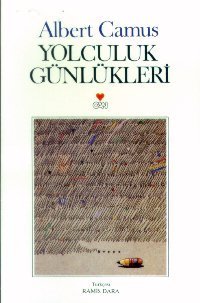What do you think?
Rate this book


122 pages, Paperback
First published January 1, 1978
And once again for hours I watch this monotonous naure and those immense spaces: one can't say they are beautiful, but they cling insistently in the soul. Country [Brazil] where the seasons are confused with one another, where the vegetation is so intertwined as to become formless, where bloods are so mixed up that the soul loses its borders. A loud splashing, the sea-green light of the forests, the varnish of red dust which covers all things, the melting of time, the slowness of the country, the brief and extravagant excitement of the big cities -- it's the country of indifference and blood explosions. Try as it might the skyscraper has yet to overcome the spirit of the forest -- the immensity, the melancoly. Sambas -- the authentic ones -- best express what I mean.There are delightful moments amid all the discomfort, the forced association with mediocrities.